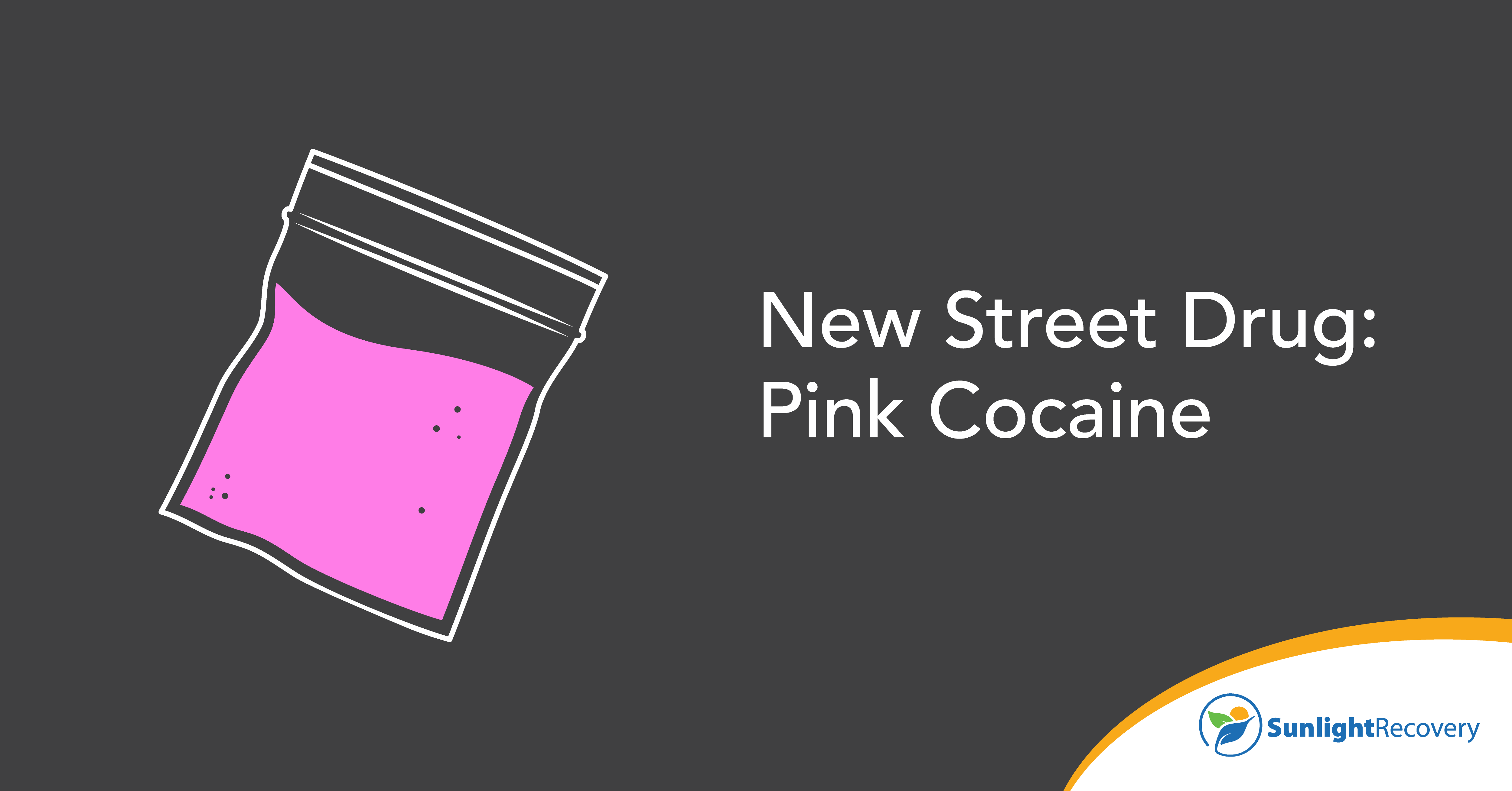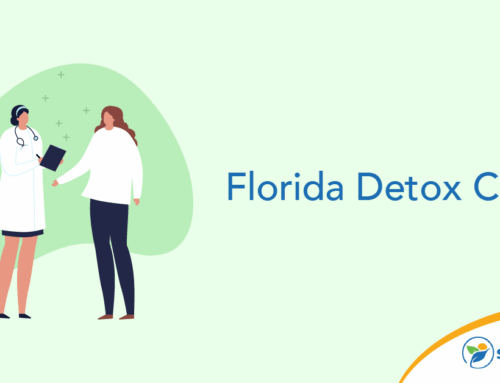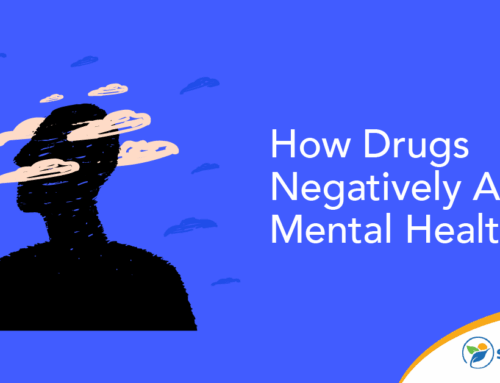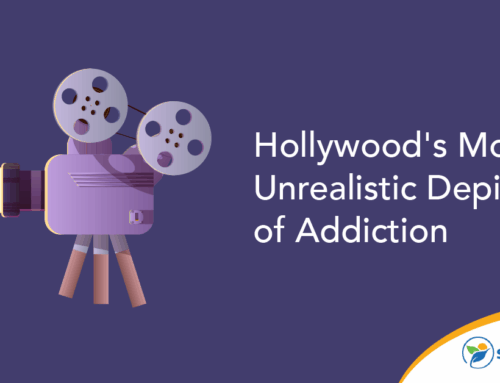Pink cocaine is a relatively new illicit street drug with a confusing name and the potential for disastrous outcomes when abused. After the death of One Direction singer Liam Payne in 2024, news broke that the celebrity might have taken the substance before the incident that killed him. News stories reporting this potential brought pink cocaine into the mainstream media, potentially increasing awareness of a drug that’s becoming more popular.
What Is Pink Cocaine?
Pink cocaine is not cocaine that’s been dyed a pretty hue. Instead, it’s a mix of drugs that includes ketamine and other substances. Food coloring or other dyes are used to turn the entire mixture pink, which is part of the reason for the name. The resulting pink powder can be snorted or abused in other ways, similar to how people abuse cocaine.
Some other names for pink cocaine include tuci, tusi, tucibi, and tusibi.
Composition and Origins of the Drug
The drug originated from Columbia but is now manufactured in illicit locations and by individuals throughout the United States and other places. Because pink cocaine is a street drug, the ingredients in any one batch can vary widely from other batches.
Some ingredients that have been found in samples of pink cocaine include actual cocaine, powdered forms of opioids, ecstasy, methamphetamine, caffeine, LSD and benzodiazepines. In short, whoever is making pink cocaine may take whatever substances are available to them, crush them up together in a powder and dye the whole thing pink.
Pink cocaine may also have new psychoactive substances, known as NPS. These are synthetic drugs designed to make you have the same feelings as drugs that exist naturally, such as cannabis.
Effects and Risks of Use
A pink cocaine high can be volatile and unpredictable due to the wide mix of ingredients that go into this drug. An individual batch could include uppers and downers as well as other ingredients, resulting in a confusing high. The type of high experienced with one batch of this drug is unlikely to be the same as the high experienced with another batch.
Risks of pink cocaine use can be similar to the risks of synthetic drugs in general, including death. While pink cocaine is fairly new to the illicit drug market, a shift from plant-based drugs like heroin and actual cocaine to synthetic drugs in recent years is concerning, says the U.S. Drug Enforcement Administration. In 1 year, around 70% of drug-related deaths were associated with fentanyl and synthetic opioids, for example, and synthetic stimulants are also linked to a large percentage of overdose deaths.
The DEA and other agencies note that drugs like pink cocaine are especially risky to abuse because you never know what you’re actually taking; for example, some batches could contain fentanyl which can be fatal in very low doses.
Other risks can include:
- Cardiovascular issues, as the mixture of drugs can boost your heart rate to dangerous levels
- Issues with hallucinations, including those that make you act in dangerous or inappropriate ways
- Dangerous physical effects like a lower body temperature, respiratory distress, and seizures
- Changes to sleep and personality
- Developing mental health issues, including anxiety or depression
You might also become addicted to pink cocaine — which really means you become physically or psychologically dependent on the substances in the mixture. Because pink cocaine can contain highly addictive substances like heroin or opioids, it can become addicting quickly, depending on the composition of the batches. The inconsistency of batches can also lead someone to seek increasing dosages, as they may not get the same impact or type of high each time they abuse the drug, and this increases the risks of dependency.
Rising Popularity and Social Implications
Pink cocaine is a rising drug, which means it’s not as common as other illicit drugs but is gaining in popularity. According to the DEA, it’s more common to find pink cocaine in larger cities and areas with active nightclub scenes. However, with news stories covering Liam Payne’s death and the potential connection to pink cocaine, the drug has reached a new audience.
The DEA also notes that drug dealers market this drug as a new and improved drug, potentially making it more attractive. They may highlight the inclusion of NPS, which doesn’t always show up on drug tests, failing to inform buyers of the other ingredients in the drug mixture.
Preventive Measures and Treatment Options
Synthetic drugs, especially mixtures like pink cocaine, can be incredibly dangerous to use or abuse. You don’t actually know what you’re taking or what the effect might be, which can lead to negative outcomes including fatal overdose. When presented with pink cocaine, the best preventive measure is to simply say no — even if you’re struggling with addiction to other substances, avoiding pink cocaine can be the wisest choice.
At Sunlight Recovery, we know the cycle of addiction can lead you into decisions and habits that you realize aren’t the healthiest options. Whether you’re offered pink cocaine to try at a party or you turn to it in the depths of withdrawal pains, know that an addiction to this substance can be addressed.
Treatment options for pink cocaine addiction are similar to the evidence-based practices for other addictions. They can include medical detox to get you through early withdrawal stages followed by individual and group therapy, peer support and other therapies to help you learn and implement healthier coping mechanisms. At Sunlight Recovery, we work with you to understand your needs for recovery and create an individual treatment plan to support you.
Get Help Now
Caring, compassionate and professional support in an inpatient or outpatient setting can increase your chances of success with recovery. If you’re dealing with pink cocaine addiction — or any other substance abuse disorder — contact Sunlight Recovery to talk about your recovery goals and how we can help.







